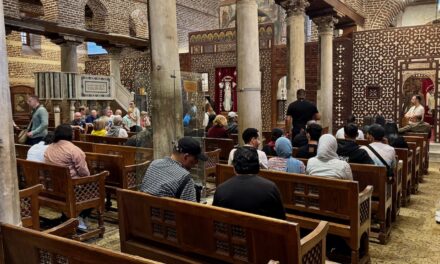My personal Visit / National Museum of Iran
ancient and medieval Iranian antiquities Learn MoreEnter MuseumTrip Advisor
learn about the history of Persia
Azadi Cultural Complex
Azadi Tower
Dual Complexes
National Museum of Iran, Tehran, Iran (Persia)
- Museum of Ancient Iran
- Museum of the Islamic Era
- Ancient & Medieval Iranian Antiquities
During my six-weeks stay in Iran some years ago I traveled extensively throughout the country. My time spent in Tehran included a visit to the National Museum of Iran. Through a friend, I was granted after closing access to explore its offerings. I took many photographs that will be made available via slide presentations.
I found the statue to the right to be most intriguing but no description or historical reference was provided. Perhaps a well-informed viewer can help.

University of Chicago
History of the Persian Empiremaritime travel
Contact between Persia and Africa
Achaemenid Kingdom (~705–559 BCE)
Macedonian Empire (336–306 BCE)
Seleucid Empire (311–129 BCE)
Parthian Empire (247 BCE – CE 228)
Sasanian Empire (224–651)
Dabuyid Kingdom (642–760)
Rashidun Caliphate (642–661)
Umayyad Caliphate (661–750)
Others (750-1979)
chronology
THE PERSIAN KINGS
Note that Josephus reduces the names of Persian kings from the Eratosthenian figure of ten (which has been extended to twelve in modern times, but includes some short reign lengths) to only six. Such a number is close enough to the biblical number of Cyrus plus four mentioned in Daniel, though the names do not all match. Incidentally, the name Mithridates does tally with a name in Ezra 1:8.



